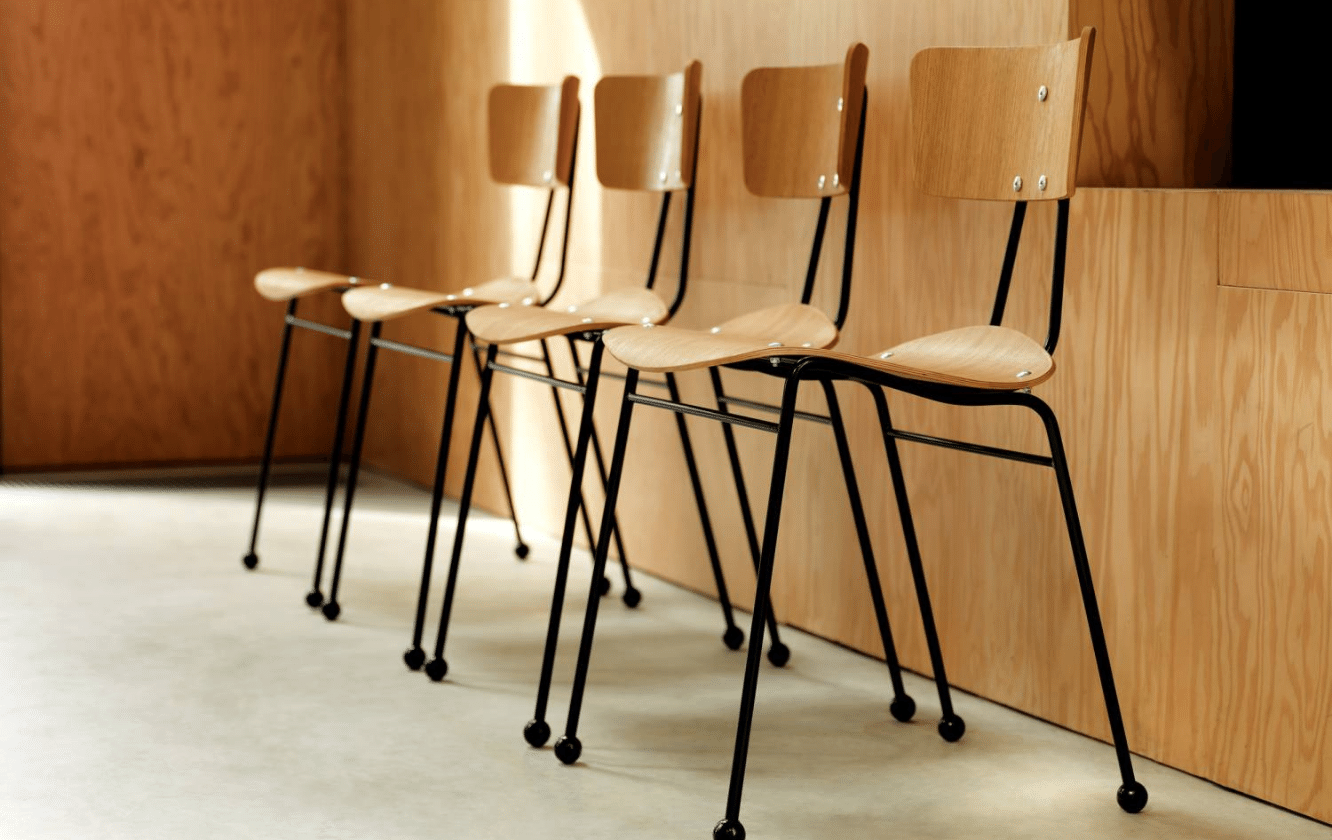Antelope
Whimsical and full of frivolous optimism.
Just some of the words that have been used to describe the iconic Antelope chair that was designed by Ernest Race back in 1951. Its playful sculptural form and ball feet suggest the period’s molecular and atomic imagery characteristic. The vertical slats to the back recall the Windsor side chairs, a folk form popular in both America and Britain from the Eighteenth century onwards. The Antelope has won several design awards, and today it is still an obvious choice for cafes, restaurants and offices both indoors and outdoors.
“The chair expresses a whimsical and almost frivolous optimism rare in other international designs from the early 1950s” – The Design Council
Whimsical and full of frivolous optimism. Just some of the words
Features and Benefits
- Antelope chair for indoor or outdoor use with steel rod frame and wooden seat
- Antelope two-seater bench for indoor or outdoor use with steel rod frame and wooden seat
- Steel rod frame in epoxy powder coating or antique and lacquered Powder coating available in a range of standard colours with the option of other colours
- Seat: Gabon ply available unfinished, lacquered or painted in customer’s choice
- Ball feet available in a range of colours
Fact Sheets
Maintenance Guide
Imagebank

Design by Ernest Race
Work with our expert team to create your perfect seat with customised finishes and fabrics.
Ernest Race
As a key figure in twentieth-century British furniture design, Ernest Races’ skill was to use ingenious manufacturing processes to create contemporary furniture from improvised or recycled materials.



